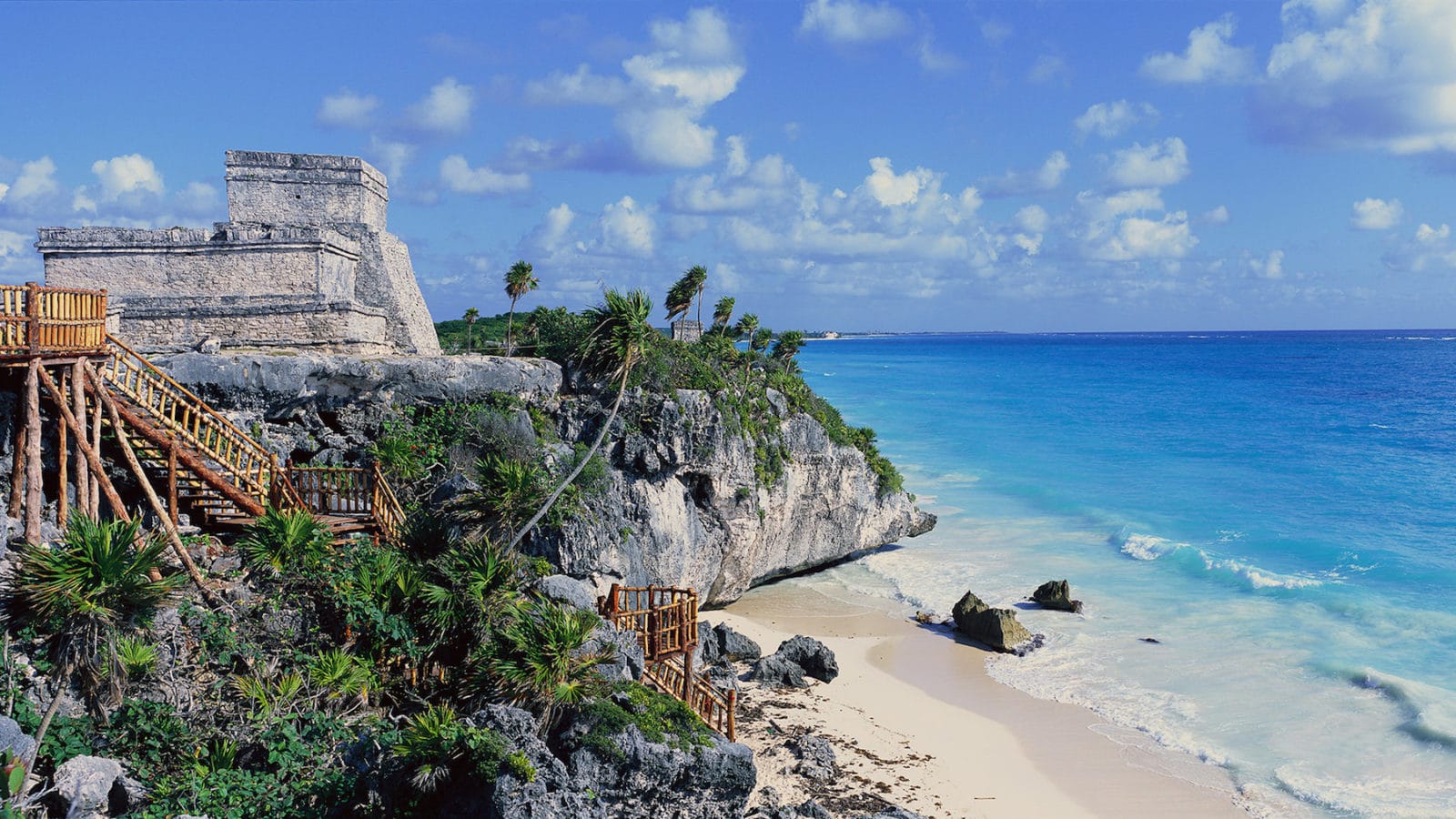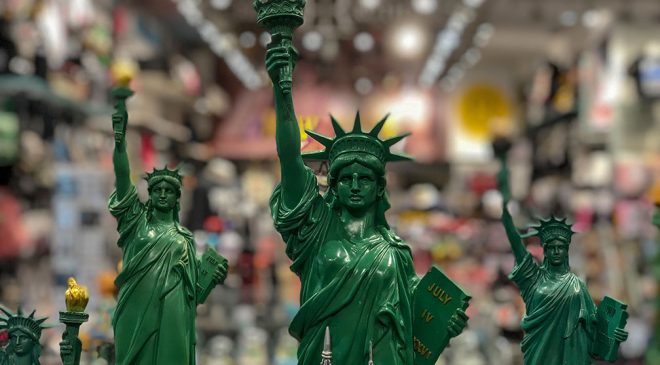I just got back from two weeks in the Yucatan. Overall, a fantastic trip. Though Tyler told me we were crazy to go to Mexico during COVID, I’m sticking to the life course I set last June. And since almost all our activities were outdoors, we felt very safe. After factoring in the lower quality of Mexican health statistics, I’m still a little more nervous here in Texas. In any case, here are my thoughts on our Yucatanean odyssey.
1. We stayed in Cancun for five nights, then spent two nights in Chichen Itza, two nights in Mérida, and four nights in Playa del Carmen. Partly due to COVID, we drove in Mexico for the first time.
2. I was expecting to witness dire COVID-related poverty, but Chichen Itza and Xcaret were hopping. Throughout the peninsula, I witnessed ample desperate peddling, but less begging than you’d see in almost any American city. Even the poorest areas between Cancun and Chichen Itza were coping tolerably.
3. Almost all of the major attractions were open. General rule: The smaller the attraction, the greater the COVID theater. There were no more than 25 tourists total at glorious and immense Uxmal, but park employees barked when we took off masks for a photo or strayed from their prescribed one-way path. All the ruins on the Puuc Route were closed, even though they’d be lucky to get 25 tourists a day. My Spanish-speaking sons tried to smooth-talk our way into Kabah for just five minutes, but all we could do was look over the gate.
4. When I toured the Caribbean, I could at least understand thinkers who attribute differences in development to the virtue of the inhabitants. The islanders really did seem disorganized and fatalistic; the level of broad-daylight public drunkenness shocked me. If I were an investor, I would worry about my ability to build a team of reliable workers in the Caribbean. In the Yucatan, on the other hand, the idea that lack of a “Western work ethic” impedes development is preposterous. The people were model workers. Everywhere I looked, I saw Mexicans energetically and cheerfully doing hard jobs. Almost everyone I dealt with seemed to take pride in his work. I’m not just talking about resort workers; wherever I looked, the population was hard at work. The Yucatan is a can-do land.
5. If you have any sympathy for the “agorist” ideal of universal self-employment, the Yucatan should change your mind. As Bloom and van Reenen’s work on international management highlights, even model workers flounder without sagacious management. Big business, especially international corporations, fuse their Mexican workforces into crackerjack teams. Most self-employed Mexicans, in contrast, are floundering. On every beach, I saw lone peddlers trying to sell hats to tourists, yet never saw a single hat sold. While old-school Chicago economists might insist that this desperate business model was somehow “optimal” given their complex constraints, I seriously doubt it. The problem is that high-quality business management is too scarce in Mexico to give every Mexican the opportunity for high-productivity formal employment.
6. We toured four major Mayan sites: Chichen Itza, Uxmal, Coba, and Tulum. Each filled me with a sense of alien wonder, but the ubiquity of human sacrifice in Mayan religion weighed on me the whole time. The mere fact that a major civilization embraced human sacrifice so thoroughly and durably makes me shake my head at not only religion but humanity itself.
7. Our Chichen Itza tour guide insisted that human sacrifice was “voluntary.” He also embraced the view that the winners, not the losers, of the Mayan ball game were sacrificed. At minimum, I’d say, “How could you possibly know that?” The fact that official accounts claim that the victims saw death as an honor is hardly probative. It’s scarcely better than saying that the Jonestown massacre was voluntary because Jim Jones said so. Nor should we retreat to agnosticism. Darwin alone should give us a mighty prior that human beings want to live and reproduce, not drown in a sacred cenote or have their living hearts ripped out.
8. Chichen Itza has the most ubiquitous desperate peddling of any tourist site I’ve ever seen. When I grilled my tour guide about how these businesses work, he explained that every peddler has an informal property right to his location in the park. The peddlers near the front almost certainly do the best, while those in the remote sections of the park eke out a bare existence. According to my guide, peddlers can bequeath their spots, so the same vending table we see today was probably once run by the current vendor’s parents and grandparents.
9. Driving in Mexico was much better than I expected. The roads are probably better than in the U.S., though the number of roads is far fewer, with almost no gas stations in remote regions. The biggest problem is the extreme inequality of vehicle quality. Even on the highways, many of the cars are too frazzled to go 100 kph. If you have a modern car, as I did, you have to either slow down to a crawl or continuously pass struggling vehicles, usually on the wrong side of the road. Fortunately, Mexicans driving low-performance vehicles were extremely courteous. While many American drivers speed up when you try to pass them, Mexicans drive half-way off the road to make passing easier.
10. While we’re on the subject of Mexican inequality, my experience convinces me that official statistics greatly understate it. Wikipedia reports after-tax/after-transfer Gini coefficients of .38 for the U.S. and .48 for Mexico. Looking at the Yucatan, though, I’d say about 10% of the people are living on under $2000/year and about 10% are living on over $50,000 a year. About 70% of the people at fancy resorts were Mexicans. I know that COVID distorts these numbers by scaring off foreign tourists and depressing prices, but still.
11. Growing up in Los Angeles, I was raised to be terrified of Mexico. The implicit model was: The typical Mexican is extraordinarily prone to both property and violent crime. In 1990, this was a severe exaggeration: Mexico’s murder rate was only 50% higher than America’s. Now, however, the disparity is far greater: In 2017, Mexico’s murder rate was almost 400% higher. How do I reconcile this with my direct observation of the hard-working, respectful, and frankly docile people of the Yucatan? My best story so far: While the median Mexican is wonderful, high Mexican inequality extends to virtue as well. Mexican crime gangs are like wolves among the sheep: A handful of villains terrorizing a vast, gentle population.
12. If true, this story sheds new light on the tragic history of violent revolution in Mexico – and presumably the culturally similar nations of Spanish America as well. Socialist and nationalist revolutionaries are Latin America’s most successful criminal gangs, augmenting sheer brutality with fanatical ideology. The average person in these countries, however, craves tranquility and opportunity. Revolutionaries are a handful of wolves who make daily life hell, all the while vainly promising a heaven-on-earth that never comes. Unlike ordinary criminal gangs, however, Latin America’s revolutionaries have global legions of defenders and apologists. I’ve said it before and I’ll say it again: Some men just want to watch Mexico burn.
13. Best easy-to-overlook place in the Yucatan: Choco-Story across the street from Uxmal. They call it a “museum” but it’s really a chocolate jungle park and a place of wonder. Try one sip of their bitter authentic Mayan hot chocolate, then add sugar and spice to enjoy the best hot chocolate you’ve ever tasted. Hand-feed the monkeys. And if you go to Chichen Itza, stay at the Hacienda Chichen. Our first night, we were the only customers in this wonderful resort, where the staff’s response to every request is “¡Claro!” During non-COVID times, you can even walk straight to Chichen Itza. Do yourself a favor and book today.




